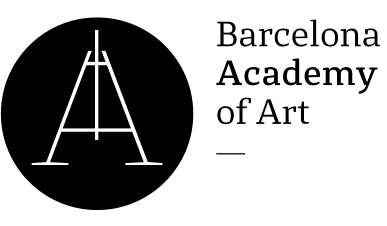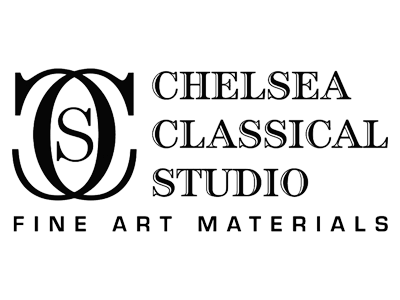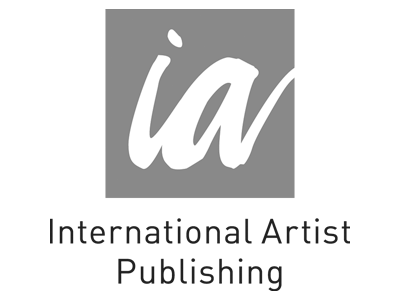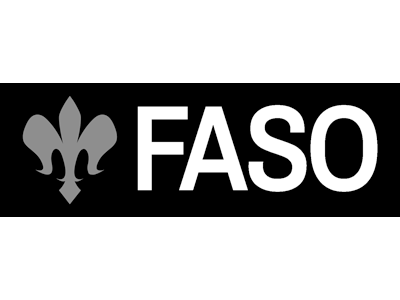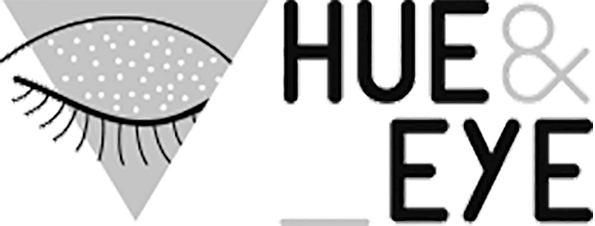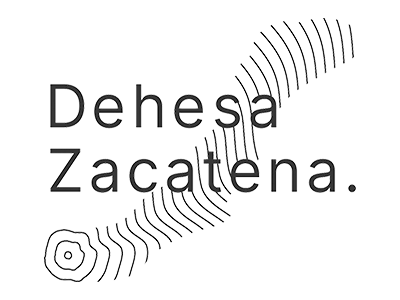

Raúl Aientsa Martínez (Bilbao 1967) is a self-taught artist who, from a young age, was mentored by various classical and contemporary masters who laid the foundations for what he has become in his maturity: a creator of great depth and a distinct style. His curious and experimental spirit has led him down various paths, not solely artistic. He has explored sculpture and design, and has drawn inspiration from fields like astronomy, physics, biology, or simply observing nature. This technical and cultural background fuses when he begins to translate his ideas into drawing and color, yet without imposing, because if painting is a tool for communication, the viewer should have something to say. And for this dialogue, nothing serves better than abstraction—a destination he reached with the assurance of having a realistic imprint.
– Despite your classical training and beginnings in figurative painting, you quickly immersed yourself in abstraction, even before turning 30.
“Classical training as a starting point is essential. Learning from the great masters is crucial to carving a path toward abstraction. There’s more abstraction in a brushstroke by Goya than in many modern abstract works. Back then, I was a sponge; I wanted to understand everything, to know why that type of painting existed. It was my constant curiosity and eagerness to learn that led me to discover a free and personal way of expression.”
– Abstraction is your means of communication. How much do you leave to the viewer’s interpretation?
“I always start with an idea, gradually weaving a story as the work progresses, but in a way that keeps it as open and interpretative as possible. I believe this is where the challenge of abstraction lies: for it to speak differently to each person and, importantly, for it to reveal new interpretations over time. That’s the achievement of abstraction.”
– I believe you’ve achieved something many artists pursue their entire lives but sometimes don’t reach—that your works carry a signature, that they are recognizable. Do you consciously aim for this, or is it a consequence?
“Certainly, if you don’t search, you won’t find. Developing a unique style is a consequence of work and research, although one always leaves a personal imprint—what sets you apart. We all draw differently while talking on the phone… that’s the subconscious at work. Learning to direct that inherent gesture and nurture it with work and study is key.”
– Among your mentors were Manuel Balsa “El Ruso” and watercolorist Josefina Ojeda. That was some time ago. Today, as an artist in your maturity, whom do you look up to when everything seems accessible? Are you more selective, or do you keep an open eye?
“I’ve had various teachers and guides who shaped my current language, and that has helped me train my eye to be more selective. Today, there’s so much out there that anything unrecognizable becomes ‘abstract.’ People tend to settle for something that looks ‘pretty’ or visually textured, but without depth or story. Sometimes, you’re not even sure if you’re looking at an IKEA print… All of that shows. Like any language, there should be a composition with a beginning and an end to tell a story that resonates with you.”
– How has the art world changed from when you began to now?
“Everything is incredibly fast now; you constantly see things from the other side of the planet. Before, you only accessed these things through books. Seeing art from all over the world, in all its forms—from Eastern art to digital design, even manga—is very important. You can draw ideas from everything and thus broaden your way of storytelling. In my case, I incorporate these nuances into my work: vibrant digital planes, comic-like perspectives, electric colors, and so on. Then, when you create the work, comes the filtering process, but something always remains. Something controlled, mastered, conveyed in your own language.”
– The passion… That doesn’t fade.
“No, when something is a calling, the passion doesn’t fade. When you feel an inner urge to tell something and constantly realize how much you still don’t know, it keeps you going. I’m in a constant state of learning. And I’m not only focused on painting; I also seek answers in other fields, like anthropology, biology, or quantum physics, which fascinates me. There’s so much I don’t know that I need more hours in the day.”
– Tell me your favorite moment, time of year, hour, and place to paint. Those ideal conditions where you think, ‘Something good is bound to come out of this.’
“My favorite time of year? Summer. Maybe because I’m from the north, where it’s rarely warm. I don’t have priority moments to paint. It’s about sitting down to work, and some days you feel inspired, yet get stuck and nothing comes out. In those cases, you become blinded, overwhelmed by what you’re doing. However, sometimes you start off with inertia, and things flow as if they were the result of a whole week’s work. That said, I like mornings, starting early, when you can even hold onto those dream fragments that occurred while sleeping.”















